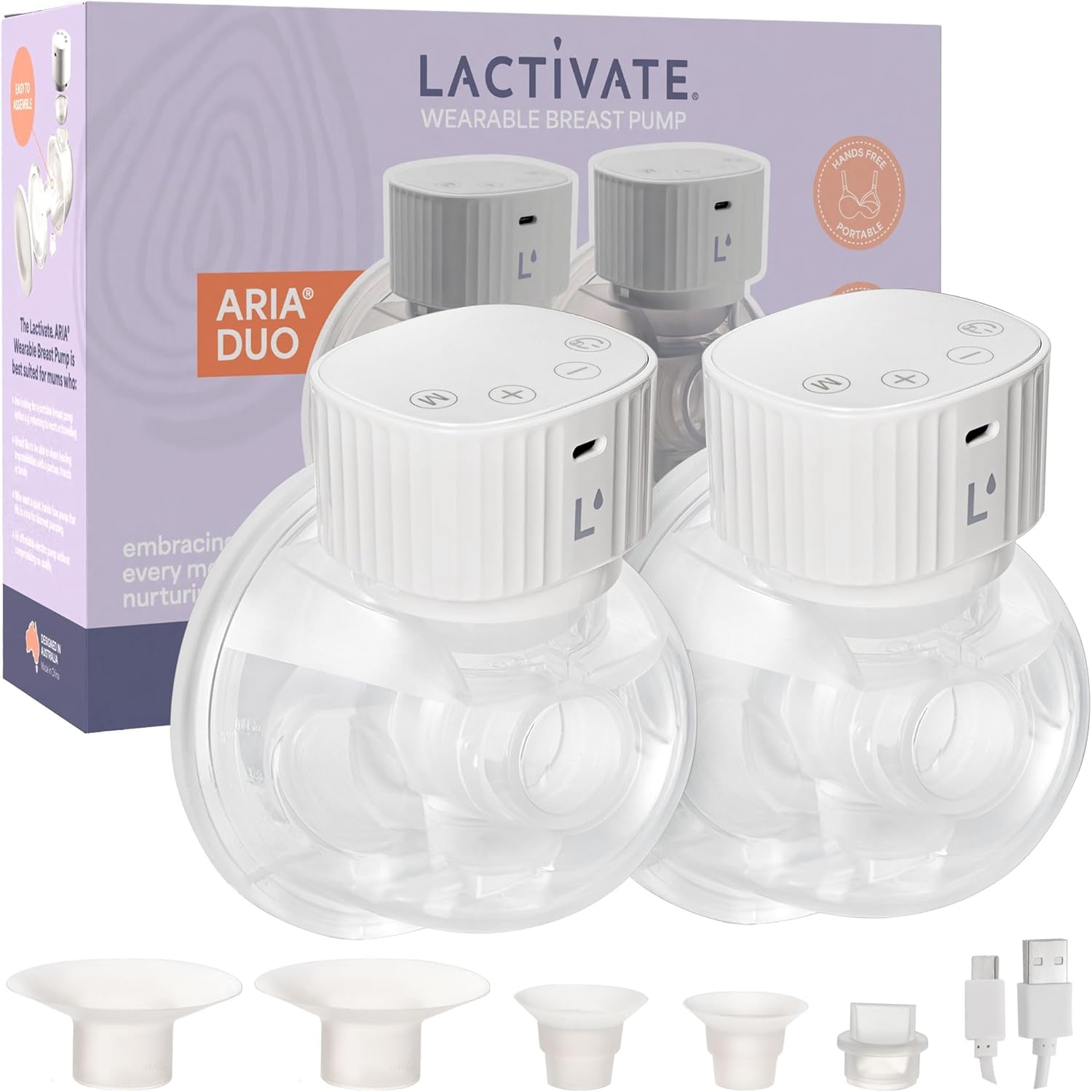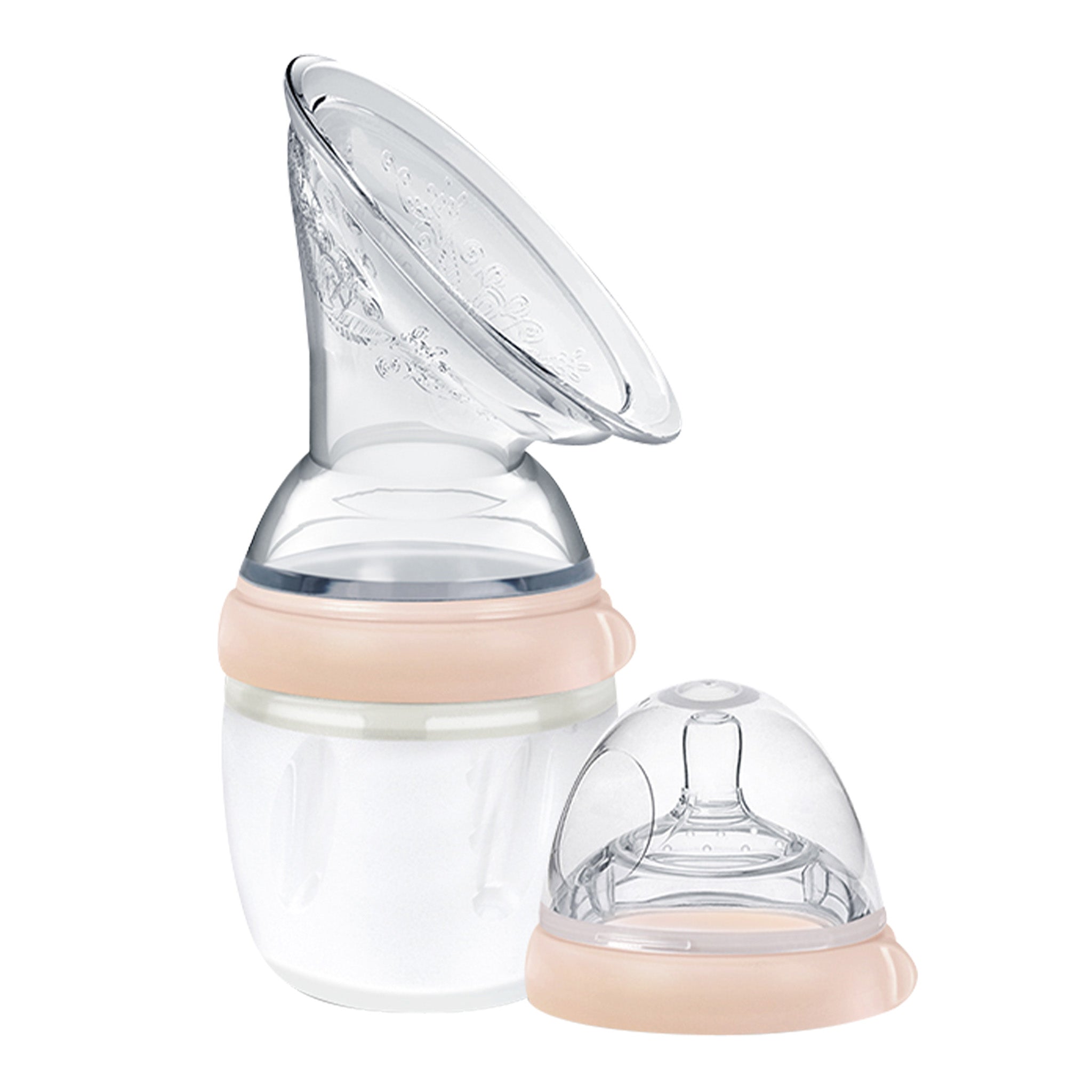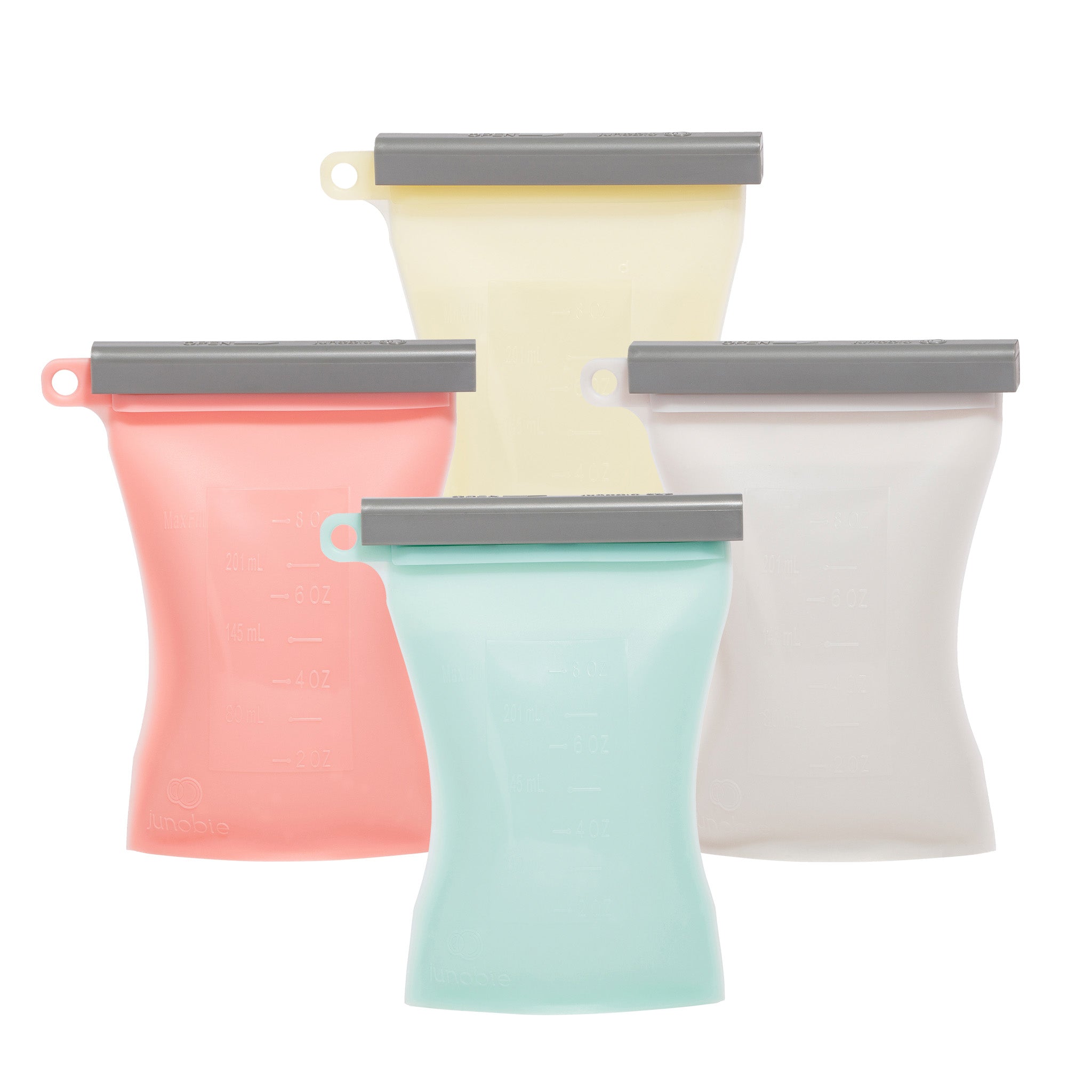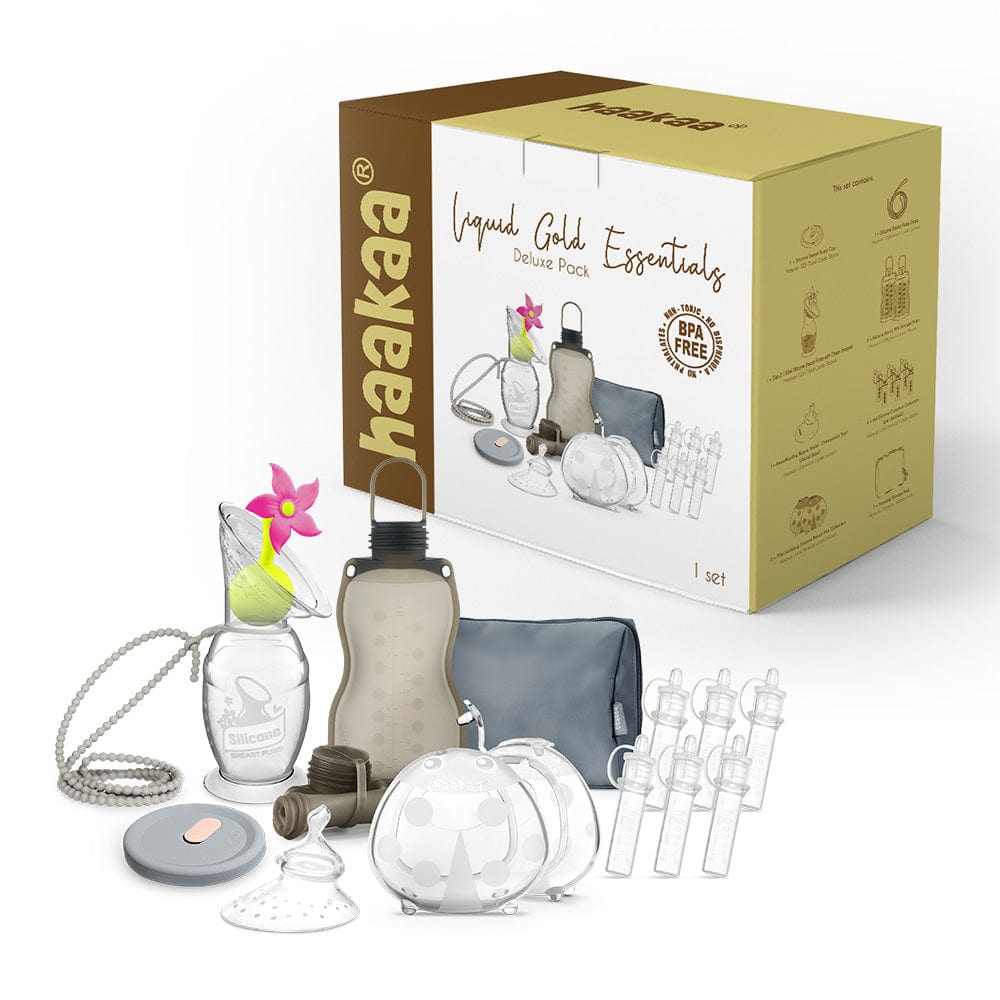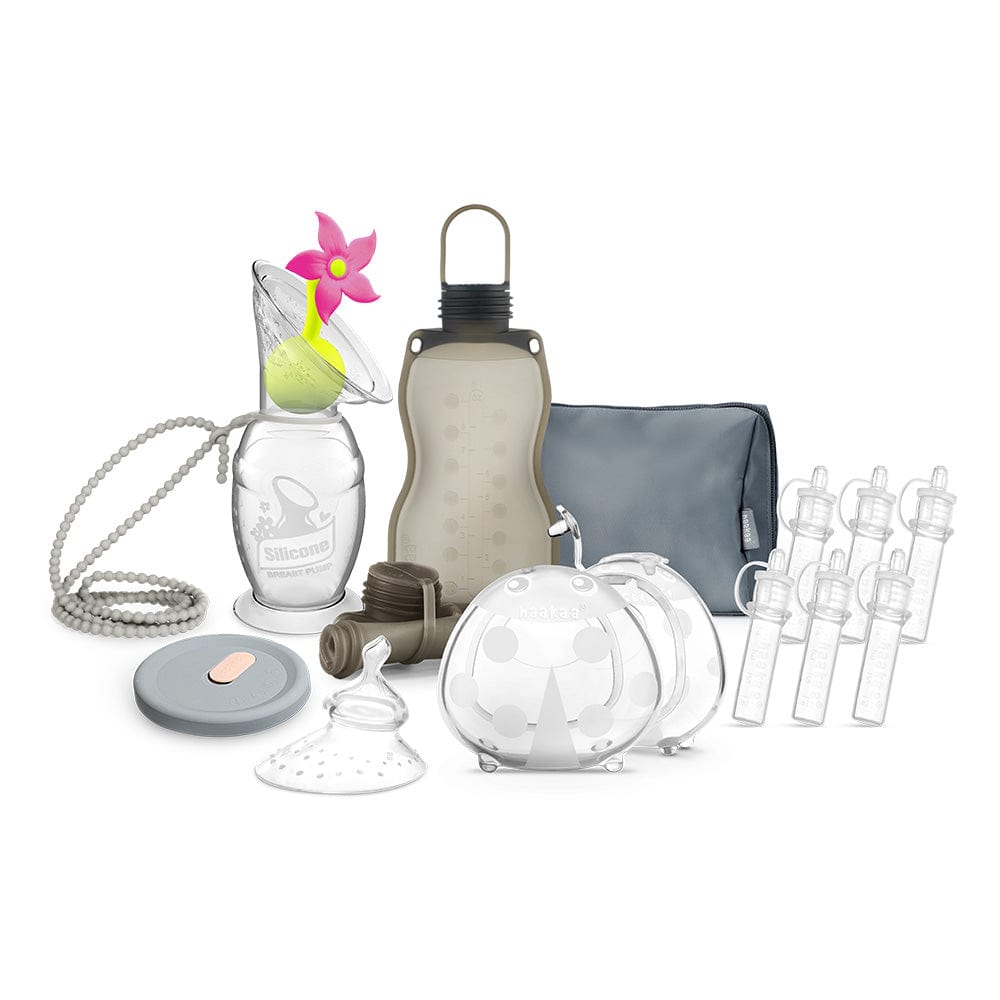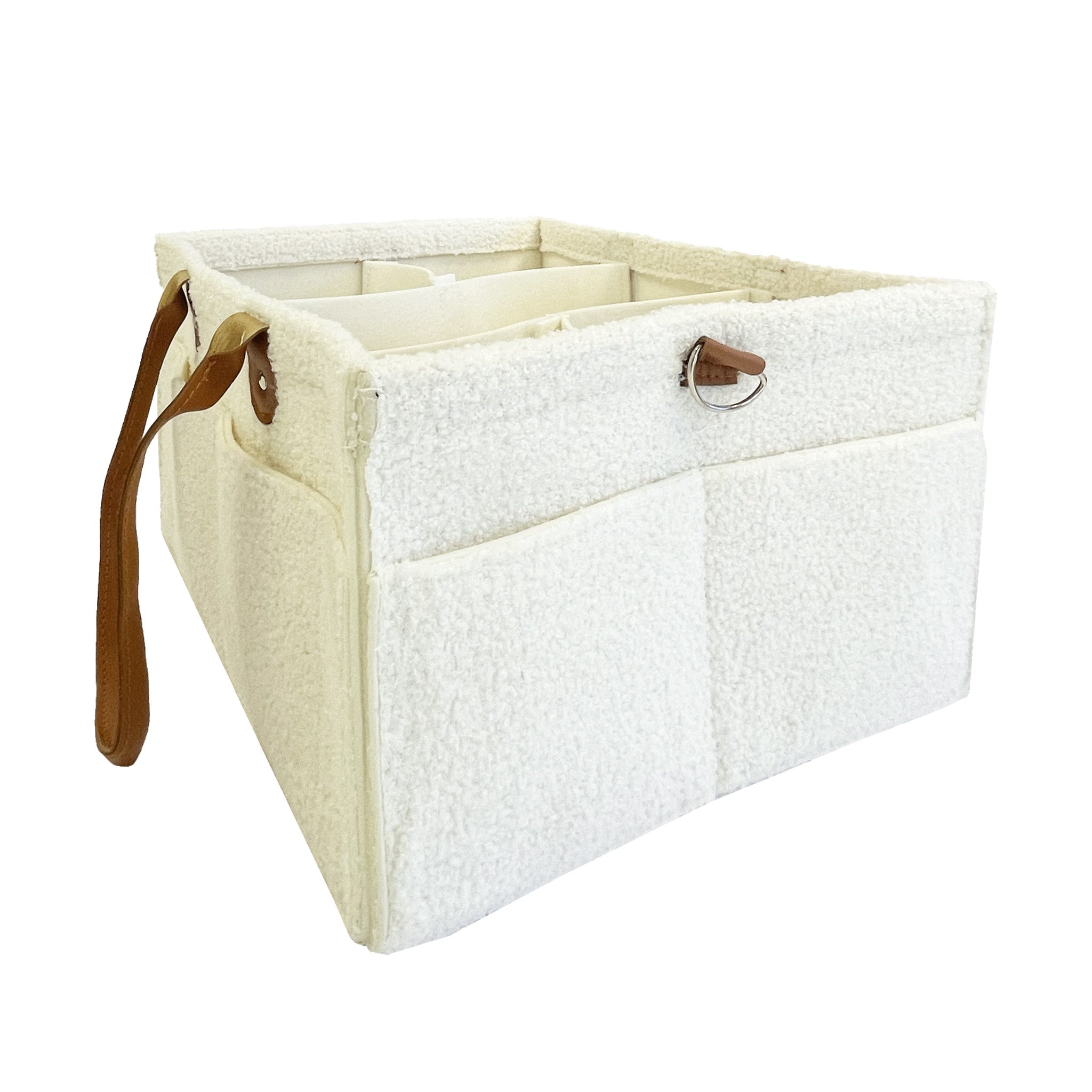One of the frequent concerns of new mums is whether they are producing enough breastmilk for their ravenous little bundle. Often an array of issues such as interrupted sleep, frequent feeding and excessive crying are attributed to a low-milk supply.
But what is a low milk supply and how do you know if you’re not producing enough?
How much milk?
Firstly, you can’t measure your milk supply while breastfeeding. There is a difference between expressing and breastfeeding to the hormonal responses within your body that cause milk production. Being close to your baby and smelling them, touching them and hearing them will stimulate your let-down reflex. Pumping usually takes more time and so the amount you pump isn’t an indication of how much milk your baby receives while breastfeeding.
Also, the amount of time a baby feeds for isn’t an indication of how much milk they’re getting. My little girl only ever fed about five minutes each side and continued to gain weight steadily. Other babies will feed for much longer to get their necessary supply of milk.
So if you can’t measure the milk or time the feed, then how do you know if you’re producing enough milk?
The Royal Women’s Hospital uses these guidelines to assess whether you baby is getting enough nutrition from your breastmilk alone:
After the first week following birth, your baby should:
- wake for feeds by themselves
- settle between most feeds
- have at least 6 to 8 soaked nappies (4 to 5 heavy disposable nappies) in 24 hours
- pass a soft yellow stool (poo) at least once a day.
Your baby should be back to birth weight by approximately two weeks of age and gaining an average of 150 grams or more per week for the first three months of life.
The first few days after birth you will produce a thick, yellowish fluid called colostrum. This contains all the nutrition, antibodies and protein your newborn needs and they don’t need a lot. After several days your milk flow will come in.
However there are instances when a mother isn’t producing enough milk to sustain her little one. It can be quite distressing as the emotional burden of feeling like you’re ‘starving’ your baby can lead many women to feel they have no option but to stop breastfeeding.
What can I do?
There are steps you can take to increase your supply. The first and most important thing to remember with breastfeeding is that demand equals supply. The more you feed your baby, the more milk you will produce.
To increase supply you can offer the breast (or express) ever 2-3 hours or in between your baby’s normal feeds. After a few days of consistently increasing breastfeeds, your body will naturally start to produce more milk.
Make sure that your baby is well positioned and correctly attached or that your breast shield is the correct size. This will ensure that each breast is fully drained, which will encourage your hormones to produce more milk! See our Breastfeeding Positions article for more information on different styles of breastfeeding.
Make sure the first breast is completely drained before offering the second breast. Allow you baby to decide how long they want to be on the boob. Have water or tea within easy reach and go to the bathroom first - you might be waiting a while!
New babies need 8–12 or more feeds in 24 hours and usually feed less often as they get older. In order to increase your supply, you will need to fit in more feeds than is usual for your baby specifically. The feeds don’t have to be very long, just more frequent.
Make sure you are taking care of yourself and getting plenty of rest. Drink water regularly to keep yourself hydrated and eat a well-balanced diet. Now is not the time to try anything new or that requires a lot of preparation. Simple and nutritious foods that are easy for you to prepare and store will help take some pressure off and allow you to focus on feeding bub.
Galactagogues
Galactagogues are foods, herbs or medications that can help to increase breastmilk supply. There are many different galactagogues you can choose from to help increase your supply.
Supplements
These are vitamins you can take that are thought to increase milk supply. Common galactagogues are fenugreek, brewer’s yeast and blessed thistle.
Teas
If you’re like me and always forget your vitamins but always manage to have a daily cup of tea then these milk-boosting brews will encourage you to sit down and relax for a few minutes while increasing your supply. Our Milkbar favourite is Mama Body Tea Mamas Milk. Read our review here.
Lactation Cookies
Lactation cookies are for everyone! Enjoy your lactation tea with some lactation cookies for a double boost! Franjo's Kitchen lactation cookies taste so good you will need to hide them from your family!
Remember that galactagogues will work best at increasing your milk supply when used in conjunction with the methods mentioned above.
Finally, pumping and expressing can be an invaluable method of boosting your milk supply if you can’t be near your baby or if they’re struggling to drink enough. See our upcoming article on power pumping for more information.
If you are concerned at any time about your baby’s health, feeding or weight gain then please see a health professional immediately.




